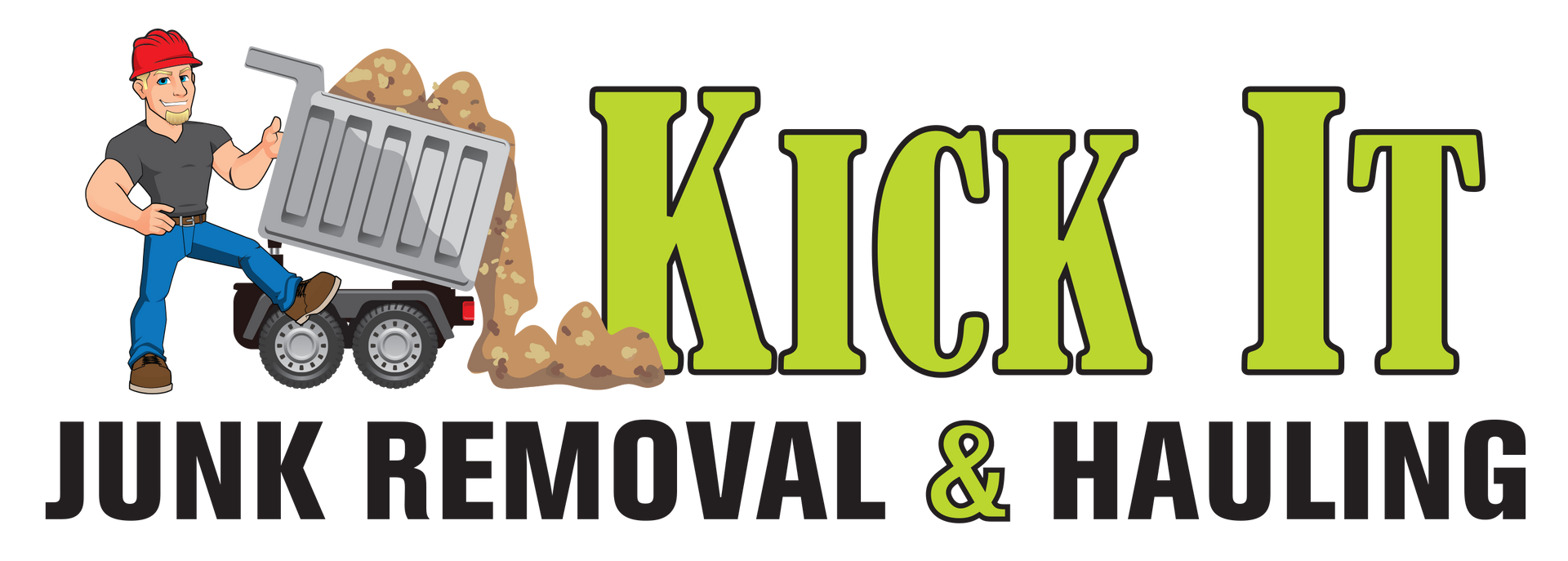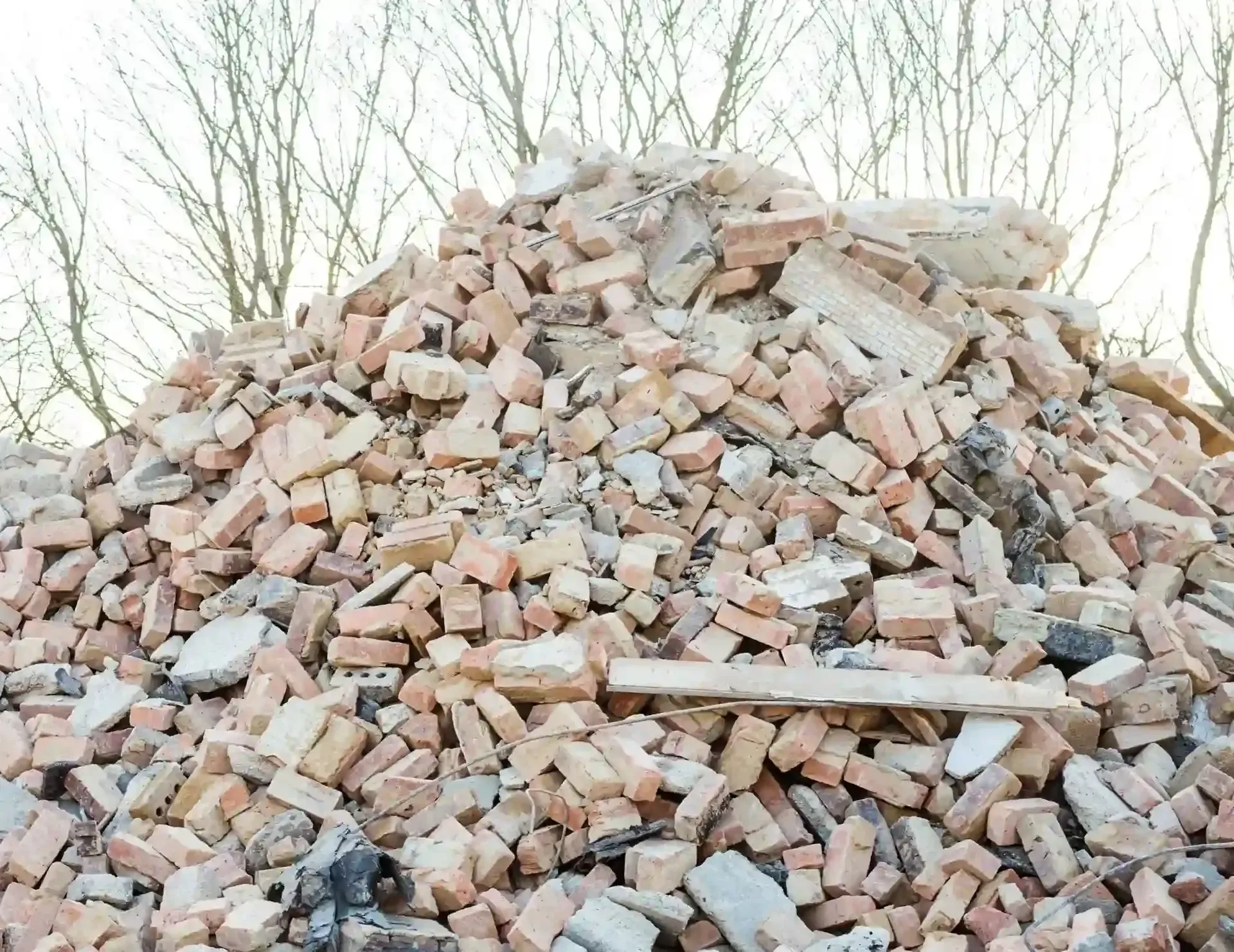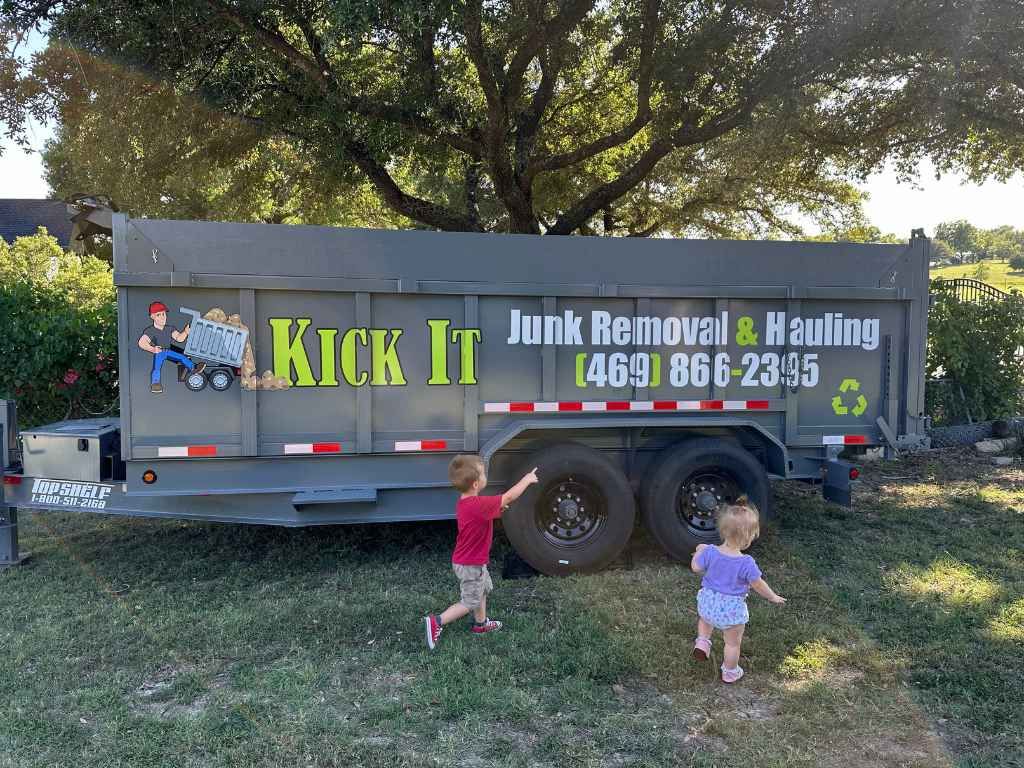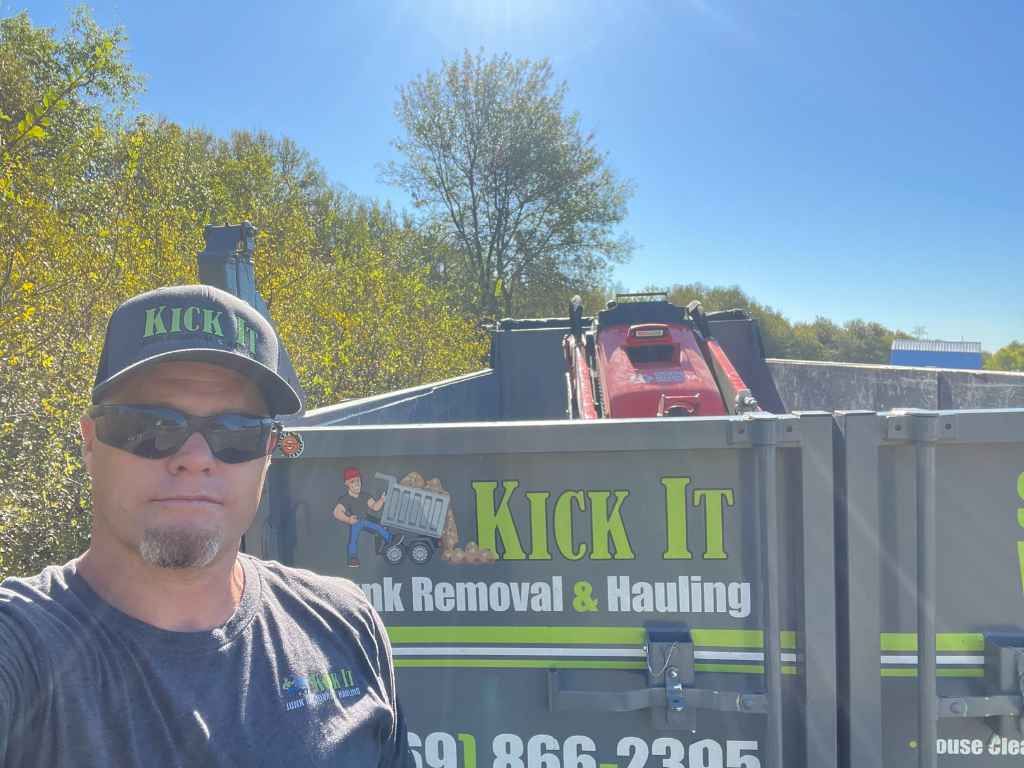How to Safely Remove Appliances from Your Home
Getting rid of old appliances isn’t as simple as dragging them to the curb. These bulky, often heavy items can pose safety risks, and disposing of them improperly can harm the environment. Whether you're upgrading to energy-efficient models or simply clearing out unused space, understanding how to remove appliances safely is essential. This guide walks you through each step, ensuring a smooth and hazard-free process.
Plan Ahead Before Moving Appliances
Before diving into appliance removal, take a moment to assess the situation. Consider the size and weight of the appliance, as large items like refrigerators, washing machines, and ovens can be cumbersome and require assistance. Some appliances contain hazardous components such as refrigerants, gas lines, or electrical wiring that must be handled with care. Be sure to check local laws regarding disposal, as some municipalities have specific regulations. Additionally, clear the pathway from the appliance’s location to the exit, removing any rugs, furniture, or obstacles that could create tripping hazards.
Disconnect the Appliance Safely
Unplugging Electrical Appliances
Shut off the power at the circuit breaker for built-in appliances before unplugging them. Freestanding units can be removed directly from the outlet. Inspect the power cord for any signs of damage before moving the appliance. If you notice frayed or exposed wires, handle them with extreme caution to avoid electrical hazards. Never pull the cord forcefully—grasp the plug firmly when disconnecting it. For added safety, consider wearing insulated gloves when handling damaged cords. If the wiring appears unsafe, consult a professional before proceeding. Proper precautions help prevent electrical shocks, short circuits, or potential fire risks during appliance removal.

Disconnecting Water Supply
Refrigerators with ice makers, dishwashers, and washing machines have water supply lines that must be shut off before removal. Locate the water valve, typically found behind or beneath the appliance, and turn it clockwise to stop the water flow completely. Before disconnecting the supply hose, place a towel or bucket nearby to catch any remaining water. Carefully remove the hose to avoid leaks, and drain excess water to prevent spills or damage to flooring. Check for any signs of leakage or wear on the connections. Taking these precautions ensures a smooth and mess-free disconnection process when handling water-connected appliances.
Handling Gas-Powered Appliances
When removing a gas stove, always begin by shutting off the gas supply at the shutoff valve, which is typically located behind the appliance or near the floor. Turn the valve to the off position to stop the gas flow completely. Before proceeding, check for any signs of gas leak, such as a sulfur-like odor or hissing sound. If you detect a gas odor, do not attempt to disconnect the appliance—leave the area immediately and contact a professional to assess the situation. Once the gas is safely turned off, carefully disconnect the supply line, taking care not to damage the connection. Securely cap the gas pipe using a gas-rated cap or plug to prevent leaks. For extra safety, apply a leak detection solution to ensure no gas is escaping. These precautions help ensure a safe and smooth removal process.
Protect Yourself and Your Home
Appliance removal can be physically demanding, so taking the right precautions is essential to prevent injuries. Before moving heavy appliances, wear protective gear such as work gloves to protect your hands, closed-toe shoes to shield your feet, and a back support brace if lifting is required. Proper lifting techniques are crucial—always bend at the knees instead of the waist, keep your back straight, and hold the load close to your body to reduce strain.
If possible, use a dolly or moving straps to make transport easier and prevent muscle strain. Secure appliance doors with strong tape to keep them from swinging open unexpectedly, which could cause injury or damage. Some appliances have sharp metal edges, so covering exposed areas with duct tape or padding adds extra safety. Taking these steps ensures a smoother and safer appliance removal process.
Use the Right Equipment for Moving
If the appliance is too heavy to lift alone, using the proper tools can make the process significantly easier and safer. Large appliances like refrigerators, washing machines, and ovens can be cumbersome, increasing the risk of injury or damage to floors and walls. A dolly or hand truck is an excellent tool for transporting bulky items, allowing you to roll them rather than carry the full weight. Furniture sliders can be placed underneath the appliance to reduce friction, making it easier to move across floors without scratching or damaging the surface.
Moving straps can also provide additional support, distributing weight more evenly and reducing strain on your back and arms. If an appliance is particularly heavy, large, or awkwardly shaped, consider hiring professional junk removal services. Experts have the right equipment and experience to handle appliance removal safely, helping to prevent injuries and protect your home from accidental damage.
Transporting the Appliance
Once the appliance is removed from your home, ensuring safe transportation is crucial for proper disposal or relocation. Large appliances can be heavy and difficult to maneuver, so securing them properly helps prevent damage to both the appliance and your vehicle. Use strong straps or bungee cords to keep the appliance in place during transit, preventing it from shifting or tipping over while driving.
For refrigerators, always transport them upright whenever possible to avoid damage to the compressor, which could lead to costly repairs. If a refrigerator must be laid down, allow it to sit upright for several hours before plugging it in. To prevent scratches, dents, or other damage, cover the appliance with a thick blanket or moving pads. This added layer of protection also helps prevent accidental damage to doorways and walls during loading and unloading. Taking these precautions ensures your appliance reaches its destination safely, whether for recycling, donation, or disposal.
Determine Disposal or Recycling Options
Improper disposal of appliances can negatively impact the environment by increasing landfill waste and releasing harmful substances into the air and soil. Rather than discarding old appliances, consider eco-friendly alternatives that minimize pollution and conserve valuable materials.
Many appliances contain metals, plastics, and electronic components that can be recycled or repurposed. Local recycling centers, charities, and appliance retailers often offer disposal programs to help manage old units responsibly. Some manufacturers provide take-back services, ensuring appliances are disposed of or refurbished properly. By opting for responsible disposal methods, you help reduce environmental harm and support sustainability in appliance waste management.
Recycling Programs
Many cities have dedicated recycling facilities that accept old appliances, ensuring they are disposed of in an environmentally responsible manner. These facilities safely extract harmful substances such as refrigerants, oils, and heavy metals while repurposing valuable materials like metal, glass, and plastic. Recycling helps reduce landfill waste and supports sustainability efforts.
To find the best disposal option, contact your local waste management service or visit their website for details on available programs. Some municipalities even offer pickup services or drop-off locations, making it easier to recycle old appliances responsibly while protecting the environment and conserving resources.
Donation Opportunities
If the appliance is still in good working condition, consider donating it to a local charity, school, or shelter instead of disposing of it. Many organizations, such as Habitat for Humanity, Goodwill, and Salvation Army, accept functional appliances to help families in need. Donating not only benefits those who may not afford new appliances but also reduces landfill waste and promotes sustainability. Some charities even offer pickup services for large items, making the process convenient. Before donating, ensure the appliance is clean and in working order. Giving your appliance a second life can make a meaningful difference in someone’s home.
Professional Junk Removal Services
For a hassle-free disposal experience, consider hiring a professional junk removal service to handle appliance removal safely and efficiently. Many companies offer convenient pickup services, saving you the trouble of heavy lifting and transportation. These services ensure proper disposal by recycling materials, safely handling hazardous components, and donating usable items whenever possible.
Some junk removal providers offer same-day or scheduled pickups, making appliance disposal quick and convenient. Before hiring a service, take the time to research local companies that prioritize eco-friendly practices, such as recycling or donating usable appliances. Choosing a professional removal service ensures responsible disposal, prevents environmental harm, and saves you the hassle of heavy lifting, transportation, and proper waste management, making the process stress-free and efficient.
Cleaning Up After Removal
After removing an appliance, take the time to clean the space it occupied to maintain a tidy and safe environment. Start by sweeping or vacuuming to remove dust, and any small debris that may have accumulated behind or underneath the unit. Mop the area thoroughly, especially if the appliance was in a kitchen or laundry room where spills or moisture may have been present.
Inspect walls and floors for scuffs, dents, or discoloration, making necessary repairs to keep the area in good condition. If food residue, water, or grease was left behind, use a disinfectant or sanitizing solution to eliminate bacteria. Proper cleaning helps prevent pest infestations, mold growth, and unpleasant smells, ensuring a fresh and hygienic space.
Conclusion
Removing appliances may seem straightforward, but safety should always come first. From proper disconnection to responsible disposal, following these steps ensures a smooth and injury-free process. If you’re dealing with large or hazardous appliances, don’t hesitate to call professionals for assistance. Kick It Junk Removal & Hauling, located at 14339 Stanley Lane, Forney, Texas 75126, United States, ensures responsible disposal and hassle-free appliance removal. Contact us at 469-866-2395 or email Paul@kickitservices.com to schedule your service today.











